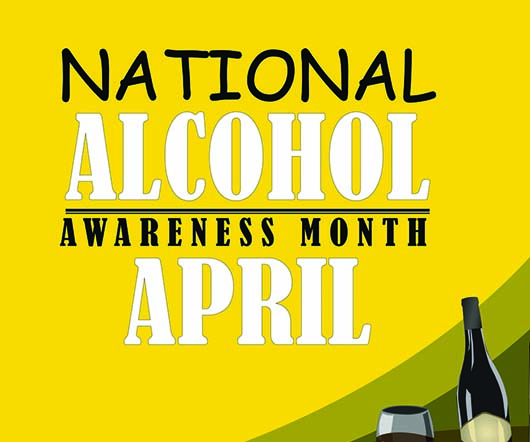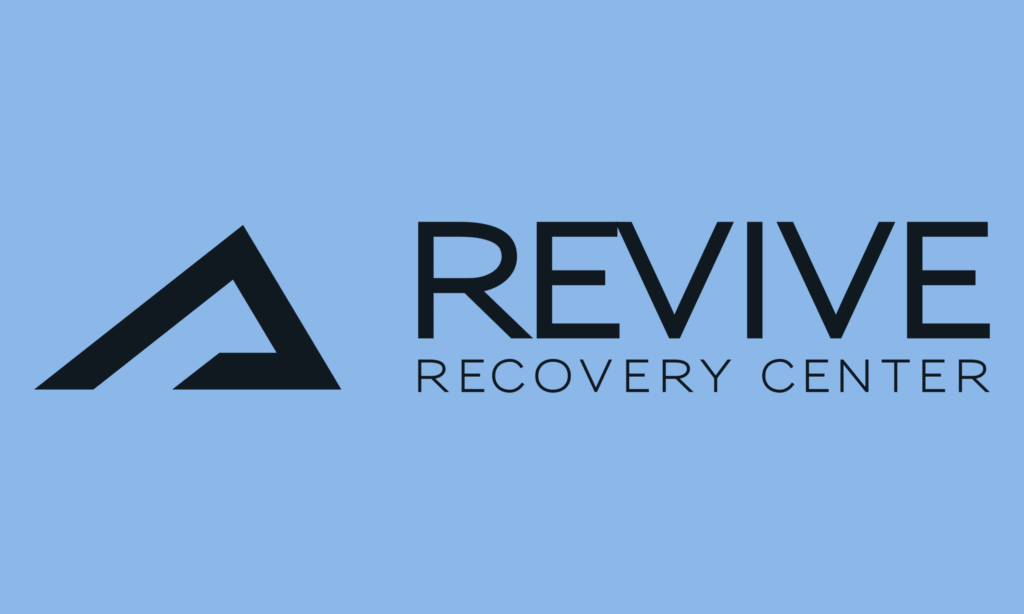By Ken Richardon BSW, LISAC, CADAC &
Mary Richardson, M.Phil., LISAC, CADAC
 While February is thought of as the month of Love, Romance and Valentines, it is also the month of Expectations, Fantasy and Disappointment. So, what better time to talk about relationships?
While February is thought of as the month of Love, Romance and Valentines, it is also the month of Expectations, Fantasy and Disappointment. So, what better time to talk about relationships?
Nearly all of us desire love and loving. We have heard how love heals all wounds. That love is the answer. Love fills the heart and soul. That we are here to learn how to love and be loved. There are numerous love songs playing on the radio at any given moment and books and movies about love. In many spiritual teachings it is said that love is the answer. We are surrounded with TV and magazine ads that promise if we dress a certain way or use a particular product, we will find love. Or if we look a particular way, have the right credentials, the right car…..then we will be lovable. Human beings love, love. It is the Holy Grail…..to love and be loved.
And understandably, human beings are relational by nature. We relate to each other, ourselves, a Higher Power, the earth, our pet friends, our cars or any other thing we have connected with. The fact is, we are relational.
Some of us have been blessed with love in our lives and some of us have not. Instead we have experienced rejection, hurt or abandonment. But the desire to love and be loved never leaves. It may be buried deep inside where no one can touch it, but it is still there….the desire for loving relationships.
One of the greatest detriments to loving relationships is codependence. Codependence is the “dysfunction” in dysfunctional relationships. It is the “fantasy” in romance. It is the “enmeshment” in oneness and it is the “avoidance” in independence.
. . . . . . . . . . . . . . . . . . . . . . . . . . . . .
“Codependence is learned patterns of unhealthy and dysfunctional thoughts, beliefs, and behaviors which adversely affect an individual’s relationship with themselves and others. It is cyclic and progressively results in mild to chronically severe consequences. Co-dependence is primarily learned in childhood through experiences of abuse, abandonment, neglect or enmeshment and/or a significant traumatic event. Codependent thoughts and beliefs generally manifest in moderate to extreme passive and/or aggressive behaviors, which may include avoidant, enmeshing and/or controlling behaviors. Codependence often develops into and is masked by addictions and other compulsive behaviors and is generally seen as the underlying cause of addiction and relapse. Codependence is treatable and generally results in an individual’s progressively healthy and loving relationship with themselves and others.” Ken Richardson and Mary Richardson
. . . . . . . . . . . . . . . . . . . . . . . . . . . . .
In codependent relationships we take from others to fill ourselves up — or avoid because we are afraid. In recovering relationships we practice loving boundaries, giving without fear, needs or expectations of outcomes and lovingly allowing ourselves to receive what is given, always as enough.
In our years of working with alcoholics and addicts and their families and friends, we have come to understand 8 primary steps that help these relationships move from codependent dynamics into progressively loving and healthy relationships.
8 Steps to a Healthy Relationship
1. Know your history and keep it separate from the relationship — Move from Fantasy to Reality.
Each of us brings an incredibly unique history of experiences and perceptions from our entire past to a relationship. As such, there is a risk of pasting our past on our present relationship and not seeing our present relationship for what it truly may be. Learning to bridge those two histories and create a relationship reality which includes a common ground for communications, intimacy, closeness, loving behaviors, problem solving, loving confrontation and mature conflict resolution, while maintaining boundaries, empowerment and our true sense of self, is what codependence recovery is about. In this we progressively move from fantasies, whether negative or positive, about the relationship into healthy, loving and mature relationship reality.
2. Be conscious and mindful of your thoughts
We are, each, fully responsible for our thinking. Being mindful and conscious of our thoughts and “changing our minds” from fear based thoughts to loving respectful thoughts about ourselves and others, especially those we love, is a major step toward greater respect, compassion and intimacy in our relationships.
To do so, we have to be mindful of, responsible for and intervene on our thoughts if we see them as blaming, helpless, judgmental, critical, and fearful, etc. and are creating assumptions, expectations, projections or suppositions. If we find them to be, then it is our responsibility to create thinking that is respectful, empowered, loving and compassionate, based in equality and lovingly allowing for one another’s differences.
Our thoughts create our feelings. If we don’t like the way we are feeling about ourselves and our relationships, we need to change our thoughts. The choice is ours.
3. Know and be honest with and accountable for your feelings
For many this may mean discovering, developing and practicing emotional awareness and empowered responses. It means recognizing and being accountable for our own individual unique emotional reactions (whether over reacting, under reacting or avoiding altogether) and learning healthy, empowered, emotional responses instead of reaction or withdrawal.
It helps to look at emotional intensity with a scale of 0 to 10. When our emotional reactions are a 5 or more on the 10 point scale or when we are at a 2 or less in our emotional response, all real and effective communication stops and our emotions and defenses are now controlling the communication. Effective communication can take place when we monitor our emotions and keep them in a 3 to 4 range. This is called responding emotionally as opposed to either reacting or withdrawing emotionally.
Emotional reactions in relationships are generally indicators of a back log of unresolved emotions, whether the back log is from the past in the relationship or the greater past that we came into the relationship with, or both. Our goal is to move from reaction or withdrawal to effective emotional responses.
4. Establish and maintain healthy
boundaries
Boundaries are our personal definition of what is okay for us to experience and what is not, whether that is individually or in relationship. It is important for each individual to define their physical, emotional, sexual, intellectual and spiritual boundaries and to communicate them lovingly and clearly to each other.
Boundaries are different than walls or defenses. Walls and defenses are generally fear based, creating impenetrable blocks to communication and intimacy. Boundaries define what is acceptable or unacceptable within the individual or within the relationship.
When we are identifying our healthy boundaries, they allow room for us to change, evolve and grow individually and within the relationship. They are not written in stone. We may change some of our boundaries as we grow and change throughout our life. We can honor our personal boundaries while honoring another’s boundaries without it harming the relationship. Boundaries are based in a love for ourselves, which enhance our self empowerment and self esteem when communicated in a loving, empowered and compassionate manner.
5. Identify and Express your negotiable and non-negotiable desires.
We all have desires. In the past, they have been described as needs and wants. In recent years we have come to understand that need is an illusion and drains us of our power. We simply have desires. To know and identify our desires, it helps to determine them emotionally, physically, sexually, intellectually and spiritually and to classify them into two categories: negotiable and non-negotiable.
When we negotiate our emotional, physical, sexual, intellectual and spiritual desires with our partner, we are teaching them how we want to be loved in all those areas. When we don’t negotiate our desires with our partner, they have to guess at what we want and they have a 50/50 chance at guessing rightly or failing. These are very poor odds.
Ultimately, we are responsible to fulfill our hearts desires. We achieve this by being simple and clear about them, negotiating with the other person how we want them to be fulfilled and by not attaching expectations to the outcome. If for some reason they did not follow through on what they agreed to do or not do, then we lovingly confront this issue.
As love is both words and actions, when we talk about our desires with our partner, we are loving ourselves. When we negotiate our desires with our partner, we are teaching them how we want to be loved. And, when our partner agrees to fulfill the desire and then does so, they are expressing their love not only in words, but more importantly, in actions.
6. Practice empowered loving communication.
Communication is the only way we will let others know who we are, how we feel, what we desire and what we think. Empowered Loving Communication is about communicating with love, compassion, honesty, clarity and assertiveness and is without any shame, blame, judgment or criticism of ourselves or others. We share with “I” statements and not “you” statements about how we feel and think and what our desires are.
Many times we may be fearful of sharing our truth out of the fear that we will not be heard, that we will be judged, or that the other person will react negatively to us. This is where the development of boundaries both emotionally and intellectually comes into play. It is important to share and listen with boundaries so we do not take on the reactions or realities of others and to share and listen without expectation.
Learning to communicate with love and empowerment is a skill that takes time and practice to become proficient at. We have to be willing to let go of any fearful needs and expectations of outcomes and instead be willing to share our truth clearly without these needs. Empowered Loving Communication allows us to communicate in a manner that is both loving and respectful of ourselves as well as to the other person. It gives us a greater sense of confidence, self love and self esteem while allowing others to know us.
7. Strive to maintain greater levels of intimacy and spirituality
Relationships feel better and better as we each develop a common ground for the relationship which allows us a sense of safety for each of us to be and express who we are; express even greater respect for one another and practice the tools and skills of their unique relationship recovery. The difficult areas become farther and farther apart. And as they arise, they are much easier and quicker to move through and learn from.
Like each of us, relationships are always evolving. They never “arrive”. This is part of our individual human/spiritual nature and that of relationships as well. It is important to remember that as each person feels better within the relationship, complacency can creep into one or more areas of the relationship emotionally, physically, sexually, spiritually and/or intellectually. To guard against complacency, it is important to create daily and weekly practices of communication and intimacy in the relationship which will allow for the continued evolution and growth.
Codependence has been seen as a conflict in gods.
Our true sense of worth, self, well being and happiness come directly from our relationship with our Higher Power. When we expect another person to give us our sense of worth, self, well being and happiness we have given that power over to them. The priority in relationships is first with our Higher Power, secondly with ourselves and lastly with others. Just as our human relationships take time, attention and energy, so does our relationship with our Higher Power. Lovingly growing and evolving this relationship on a daily basis and sharing it with others will help us in our ability to progressively love and create intimacy with ourselves and others.
8. Seek support to grow your relationship through outside support systems
It is helpful to develop a relationship support system of people committed to you both and your relationship successfully evolving. These may include 12 Step Programs, Relationship Sponsors and Counseling, if necessary. Discretion in choosing your relationship support system is critical. It is helpful to avoid those who may find it difficult to not choose sides and instead to seek out those who are committed to supporting the best interests of you both and the health, growth and evolution of the relationship.
Reaching out beyond the relationship helps to keep the relationship open and to bring fresh perspectives, new insights and greater energy to grow your loving and empowerment in the relationship.
In our counseling practice and intensive workshops, we teach couples a variety of tools and skills in all 8 areas above which are adapted to each person’s unique human way of being in relationships. Developing healthy, loving and intimate relationships is a process that develops over time. It is not an event. It first requires us to develop a loving relationship with our self and with a Higher Power. We can’t give what we do not have.
Creating a healthy loving relationship can be an enjoyable exciting journey of discovery, change and evolution. With desire, commitment and practice, the rewards of relationship recovery, those of progressive change, love and intimacy, are absolutely indescribable.
__________________________
Ken and Mary Richardson have maintained a private practice since 1987 and conducted workshops and retreats throughout the United States and the United Kingdom and provide services in the areas of counseling, consulting, education, workshops, seminars, treatment design and development. Ken and Mary have developed and facilitated the “Relationship Recovery Workshop”, the “Advanced Relationship Recovery Workshop”, “The Relationship Recovery Retreat”, “The Body, Mind, and Spirit” Workshop, Weekend Intensive Workshops and “Your Healing Journey Workshop” an innovative intensive individually designed workshop. Currently they are in private practice in Scottsdale. For more information contact Ken and Mary Richardson at 602-230-8994 or visit
www.rccaaz.com
 While February is thought of as the month of Love, Romance and Valentines, it is also the month of Expectations, Fantasy and Disappointment. So, what better time to talk about relationships?
While February is thought of as the month of Love, Romance and Valentines, it is also the month of Expectations, Fantasy and Disappointment. So, what better time to talk about relationships?

























